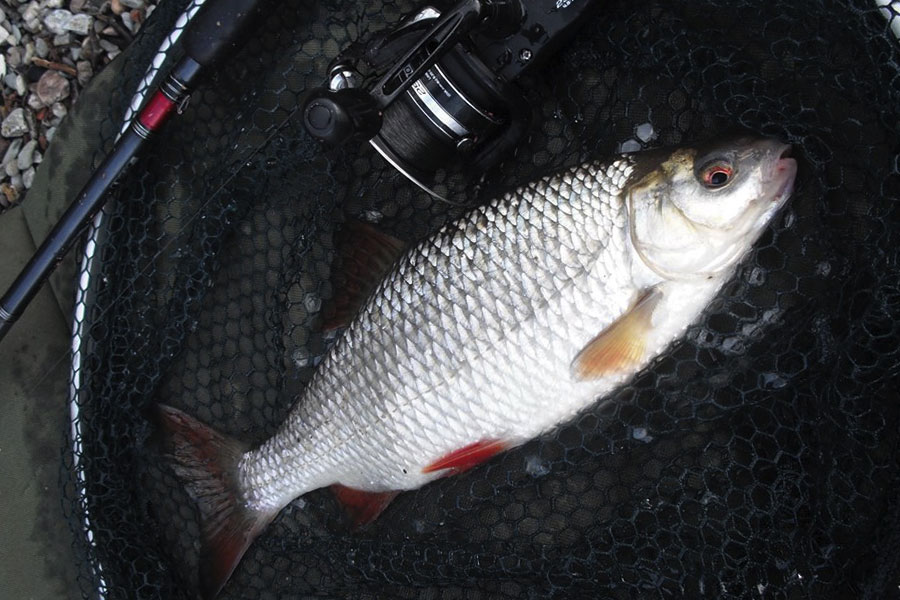“I wouldn’t know where to start”. These are the words that often follow a suggestion of fishing on one of Scotland’s big lochs; in particular Loch Lomond. At 24 miles long, 6 miles wide and covering 17,540 acres, Loch Lomond is larger in surface area than all of the lakes in England and Wales combined. It is Scotland’s third deepest body of freshwater with depths plummeting to over 600 feet and holds 91.82 billion cubic feet of water, second in volume only to Loch Ness.

It is little wonder that many anglers are met by a sense of trepidation when faced with the prospect of tackling such an overwhelmingly huge expanse of water. As one approaches the loch and is greeted by 95 miles of shoreline and 27.5 square miles of water, it is understandable to feel slightly daunted. However, as much as Loch Lomond can be an intimidating venue, it is one well worth exploring and over the years this immense venue has become a firm favourite of mine for a number of reasons.
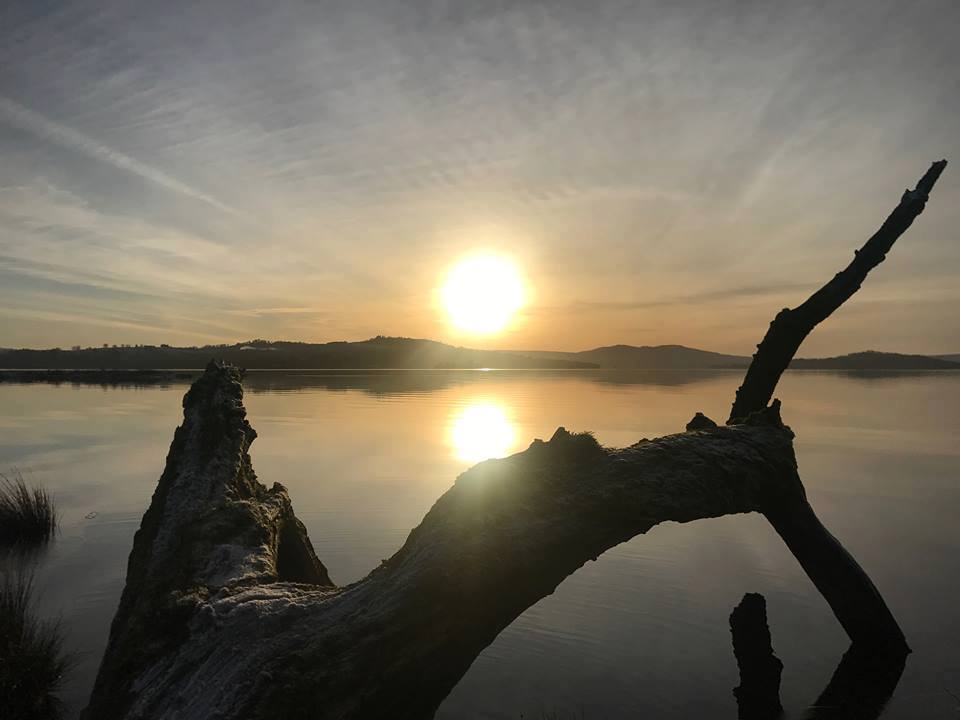
Firstly, Loch Lomond is a loch of contrasts and this is portrayed beautifully in the breath-taking surroundings. To the south-east, the almost barren lowlands of the Crom Mhin and Endrick flood plains reach out towards the Campsie Fells and to the far south, the distinctly urban Vale of Leven guides the loch’s outflow, the River Leven, towards the Clyde Estuary. Whilst to the north, the view is dramatically dominated by the 3000ft. peaks of the South West Highlands casting a watchful eye over the loch below. This truly is an awe-inspiring place to wet a line.

Secondly, the immensely gratifying feeling of achievement once success has been hard-won, far exceeds that of similar success on a smaller, more manageable venue. There is so much experience to be gained, lessons to be learned and variables to consider, which makes fishing on Loch Lomond as much challenging as it is rewarding.
Then, and probably most importantly, there are the fish; so many fish. The loch, in particular, the south basin, has a claim to hold more species of fish than any other body of freshwater in the country. Historically the loch has been renowned for it’s Game fishing and remains one of the best places in the country to target Sea Trout, with numerous fish well into double figures taken each year. In more recent times the loch’s popularity as a Pike and Predator venue has exploded with Pike to over 40lbs being taken in the last few years and Perch to threaten the records must surely be lurking in the depths.
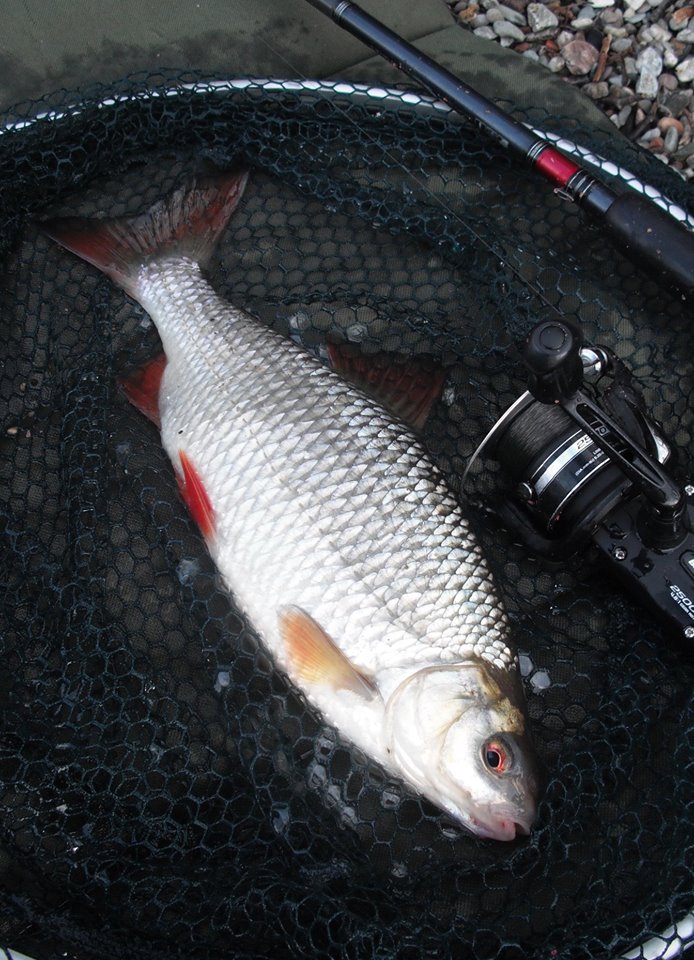
As much as I enjoy a cast for Trout, and as a Predator angler at heart, the Pike fishing is a constant draw, it has been the huge shoals of Coarse species that have gained the majority of my attention in recent years. Roach, Dace, Perch, Bream and Hybrids can all be taken in good numbers and a big mixed bag of fish is not uncommon; assuming they can be found as locating fish in such a large area of water can be the foremost challenge.
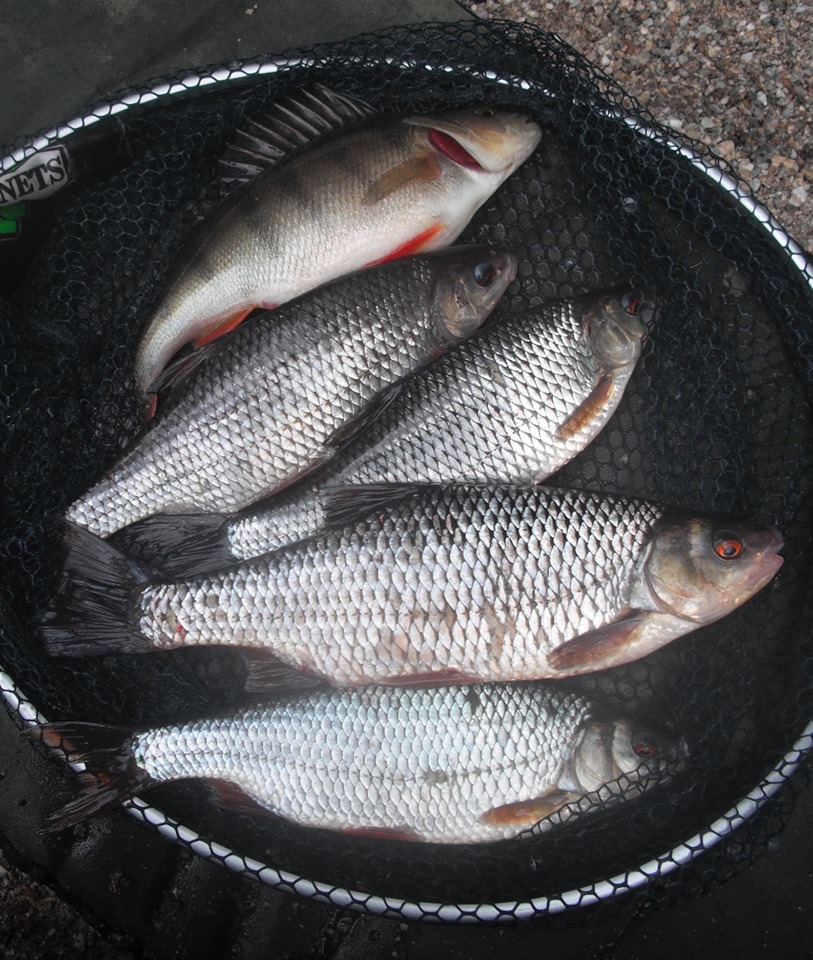
However, after several years of regularly fishing the loch I have found that the majority of Lomond’s inhabitants tend to follow a clear pattern, in particular, the loch’s most plentiful fish, the Roach. In the winter months these fish can be found in huge shoals in certain, slightly deeper areas of the loch, generally in around 30 feet of water. Roach generally spawn in late spring and on Lomond, will usually start to migrate towards the spawning areas, mostly in the middle reaches of the River Endrick at the end of April and into May. From then it can be almost impossible to find any Roach in the loch until they return, usually in early July. Upon return to the vastness of the loch, these shoals explode in every direction, taking up residence in many areas across the south basin.
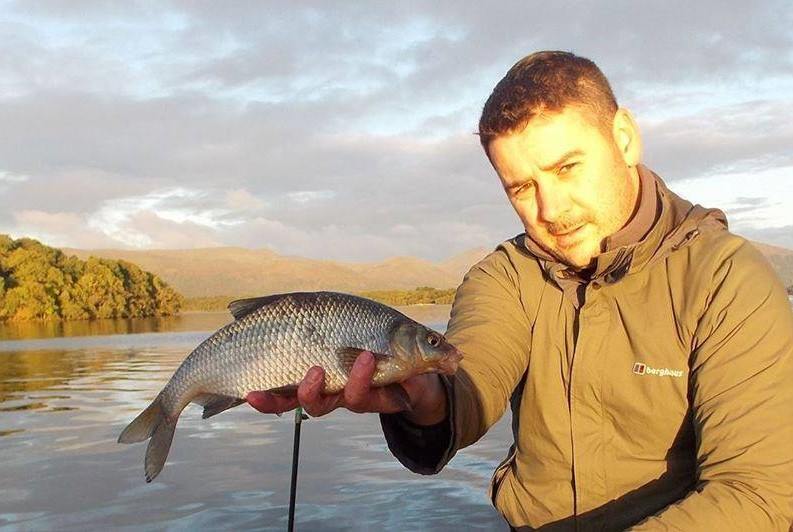
Although Lomond’s Roach can be targeted by the angler throughout the year in their various seasonal locations, it is when these fish begin to return to their winter sanctuaries, sometime in September that the fishing can often be described as superb. From September through to March big bags of fantastically conditioned Roach and Hybrids can be taken by those in the right place.
The best method with which to target these little bars of Silver is without doubt, fishing at range with a feeder. All feeders essentially provide the same function and deliver a desired amount of bait to a specific area. However, each is better suited to specific situations. Although maggot feeders will work well on Lomond, the cage feeder will, on most occasions, be my first choice.
Packed with a fluffy, sweet groundbait infused with a generous helping of maggots and hempseed and cast regularly to a likely area will soon build an irresistible bed of bait and all going to plan, draw in a large number of fish.
A specialist Feeder rod with a Quivertip is essential to get the most out of this style of fishing. A rod of 12 -13 feet with a powerful backbone and sensitive tip will enable one to punch out a fully loaded 30g feeder in excess of 70 metres, even into a stiff headwind, while still being able to pick out the shyest of bites at range. As much as any suitably sized reel will do the job, it is important that it is fully loaded with a low diameter mainline, usually of 4-6lbs b.s. This will limit air resistance during the cast, water resistance as the feeder is settling and wind resistance which may make bites hard to identify. However, if there is a need to cast particularly far or use a heavier feeder it is advisable to use a slightly heavier shock leader to prevent crack offs during the cast.
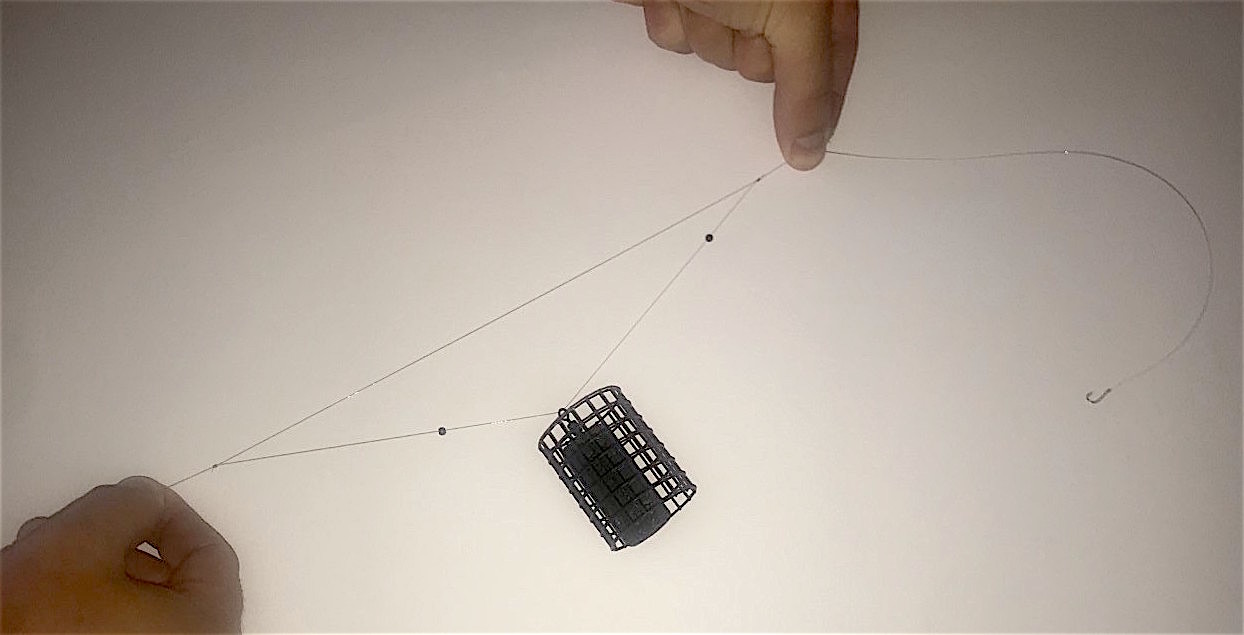
With regards to the business end I would almost always opt for simplicity; an unpretentious running rig with the feeder running free on the mainline, below which a small bead and swivel connecting a hooklink of 20 – 25cm and a size 16 hook will do just fine. Alternatively, I often remove the need for a swivel and have the feeder, with a small bead either side, running on 20 – 30cm loop tied along the mainline above the hook link.
Once the setup has been finalised and the ground bait mix perfected, it’s time for the hard work to begin. This isn’t the most appropriate method for those looking for a relaxing day, chilling on the bank. It is however, the best for those who enjoy catching a lot of fish. Initially, casts every 3 minutes or so are required to get a substantial quantity of bait into the swim. This can then be increased to every 5 – 10 minutes until the first interest is shown on the rod tip. This could be instantly or up to as much as an hour but the key is positivity and to continue casting. The harder we work the more fish we are likely to catch.
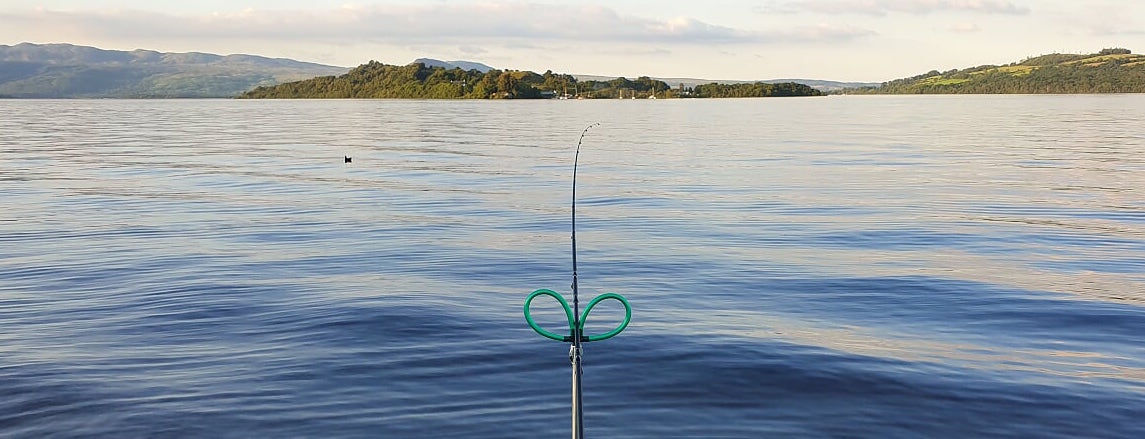
The first knocks on the rod tip are the sign that we’ve been waiting for; the sign that the fish have arrived. It’s easy, at this point, to take a foot off the gas and relax, however more often than not the fish will have arrived in numbers and it’s imperative that we keep casting and keep feeding. A big shoal of Lomond Roach will easily clear a huge amount of bait at a surprisingly rapid rate.
With time, the worthiness of the considerable and meticulous effort of searching for likely hot spots, studying maps, planning, prepping, casting, re-baiting and recasting will eventually be realised as stunning little slabs of silver, edged with flashes of scarlet cross our net cast after cast.
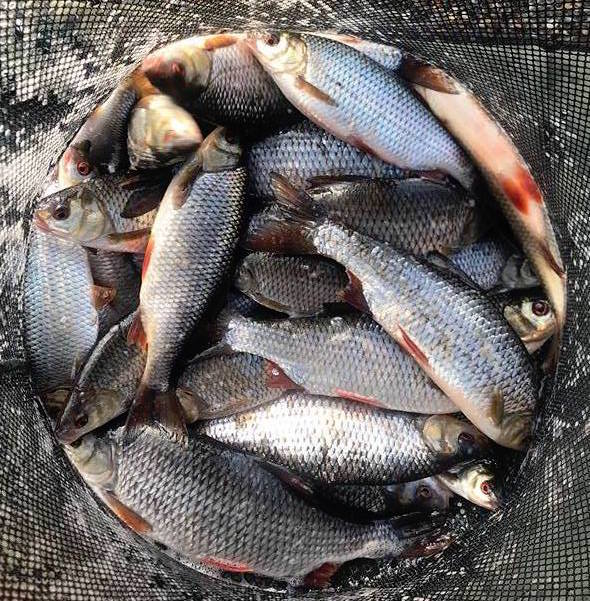
Assuming our work rate remains high it can be fairly easy, albeit extremely satisfying to build a respectable weight, fish by fish; cast by cast. The average size of Lomond Roach is around 8-12oz, however some solid lumps, heading towards the 2lb mark are a real possibility together with the real chance of some cracking Hybrids.
At this point we might, for a fleeting subconscious second, ponder how this moment could possibly be more perfect. Then we manage to tear our eyes away from the rod tip and are instantly reminded of the sheer majesty of the landscape in which we are sat. The immensity of the loch stretches out from our feet to meet a maze of undulating islands, which in turn are dwarfed by the ruggedness of the hills and mountains that dominate the horizon.
Loch Lomond is a true angler’s paradise and merely 40 minutes from Stirling and 1.5hrs from Edinburgh. It can be a daunting prospect for those envisioning taking it on for the first time and it may well take several sessions to settle into the huge spaces; but if you have a sense for adventure and a desire to explore, Lomond is the place for you.

